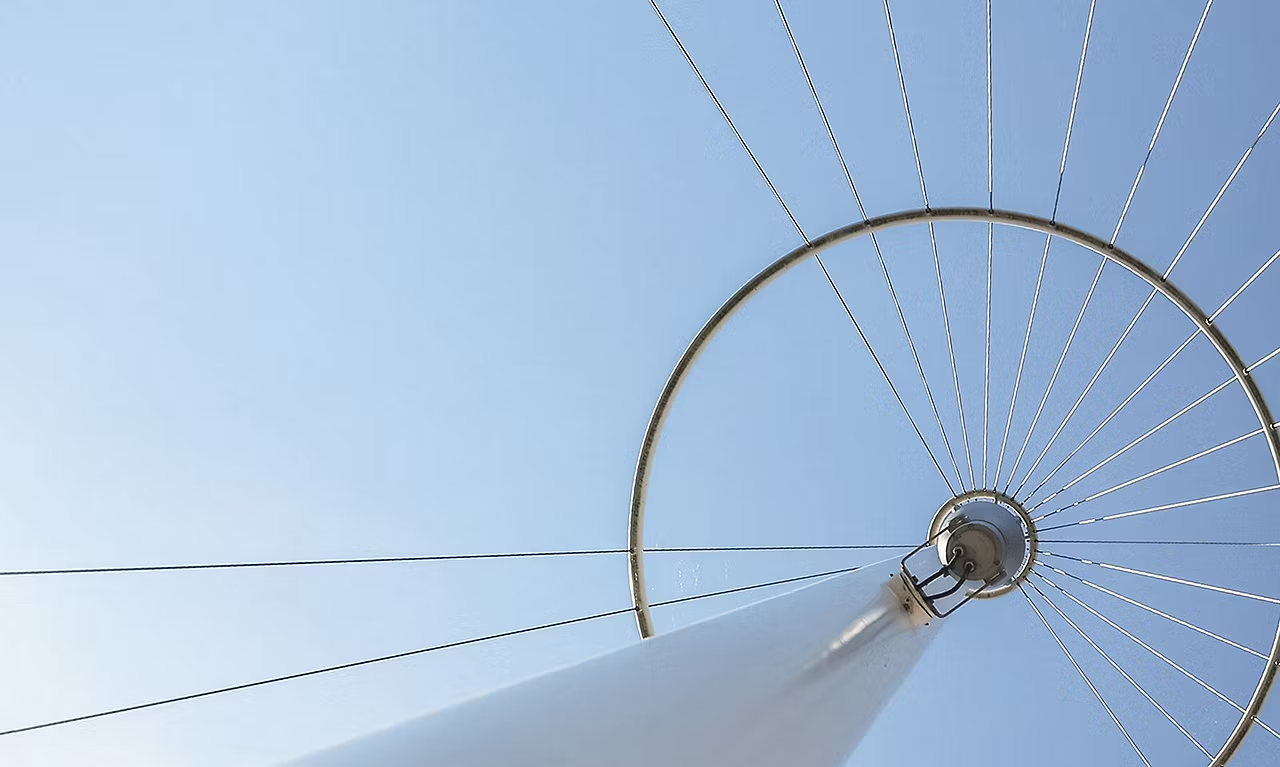S&P Dow Jones Indices has been the de facto scorekeeper of the ongoing active versus passive debate since the first publication of the S&P Indices Versus Active Funds (SPIVA) U.S. Scorecard in 2002. The SPIVA Europe Scorecard measures the performance of actively managed European equity funds denominated in euro (EUR), British pound sterling (GBP), and other European local currencies against the performance of their respective S&P DJI benchmark indices over 1-, 3-, 5-, and 10-year investment horizons.
MID-YEAR 2021 HIGHLIGHTS
As COVID-19 disruptions lessened due to successful vaccination rollouts in Europe, the first half of 2021 was characterized by a bullish and low-volatile stock market. In this period, active funds generally struggled to keep up with their benchmarks. However, over the one-year timeframe, a larger percentage of active funds outperformed.
- The S&P Europe 350® outperformed 70.7% of active euro-denominated Europe Equity funds in the first half of 2021. This percentage was up from the 41.7% obtained in the first half of 2020, during which the pandemic first sent markets plummeting. These figures could support the notion that active managers may perform relatively better in uncertain times.
- Accordingly, the one-year period outperformance for the same benchmark—which includes the uncertainty of the post-COVID-19 market crash—was down to 50.7%. Similar outperformance patterns between the six-month and one-year periods can be seen across most of the fund categories.
- The relatively better performance by active funds during 2020 was not sufficient to compensate for the long-term trend. Every fund category saw its benchmark outperform at least 50% of the funds in the 10-year period, with averages greater than 80%.
- The low market volatility experienced during the first half of 2021 affected fund performance dispersion as well. The interquartile range of the performance of Europe Equity funds was just 4.2%, whereas the same metric stood at 8.1% in 2020. This highlights that active funds generally performed more similarly to their peers in the calmer market environment.















































